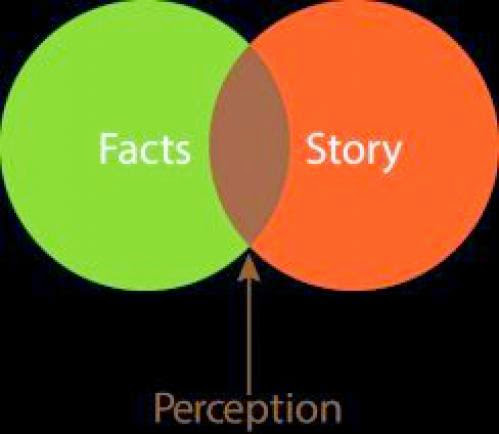
Tom McCarthy, writing in "THE LONDON REVIEW OF BOOKS"[12/18/14,"On Realism and the Real", Page 21 ff.] quotes from J.G. Ballard's 1995 reissue of his 1973 masterpiece CRASH about the balance between fiction and reality:
"We live in a world ruled by fictions of every kind... we live inside an enormous novel. It is now less and less necessary for the writer to invent the fictional content of his novel. The fiction is already there. The writer's task is to invent the reality."
This obviously applies to UFOs (among other things) and is primarily the essence of how we (many here) see the phenomenon.
My concentration on older UFO reports or sightings stems from the elements in them: bizarre behavior, creatures in attendant (that act bizarrely), the effect on witnesses, and the effect on those recounting or reading the reports.
When a bizarre flying saucer episode occurs - such as the 1955 Hopkinsville "assault," or the 1973 Hickson/Parker event, the 1979 Robert Taylor experience in Scotland, et cetera - there takes place a series of "realities": an hallucination or a confrontation with an alien reality or a psychotic moment that evokes an otherworldly reality, which is not hallucinatory alone but, rather, real in a psychological (even neurological) sense.
Many UFO sightings, even the "prosaic" kind - Kenneth Arnold's iconic 1947 sighting, the 1952 Washington D.C. observations (via radar mostly), the 2006 O'Hare airport sighting(s) et cetera - have a reality that isn't spectacular, except in the follow-ups by UFO enthusiasts.
That, too, is a kind of reality.
But these realities are fictive in nature. They have to be, since they are provided by witness observation and not, usually, by scientific mechanisms that can be studied.
The realities, then, have to be evaluated by various disciplines, forensic, one would wish, but critically at least.
The basics of psychology and sociology (and lately neurology) should come into play.
The aspects of physics are a must, and common sense vetting a necessary ingredient to determine the state of mind of the expositor, such as Office Lonnie Zamora in the 1964 Socorro incident.
This means that a number of realities have to be addressed, but rarely are.
There is always fiction in UFO reports. It's endemic when one recounts an experience.
McCarthy writes that "Realism is a literary convention - no more, no less - and is therefore is laden with artifice..." [ibid, Page 21]
'But sometimes the real is more than just hidden: sometimes its significance lies in its absence." [ibid, Page 22]
"In one sense, then, the real is connected to trauma, and in another sense to matter. For Freud, psychic trauma is a material phenomenon, since all mental existence is material: in Beyond the Pleasure Principle, he defines the organism - human or otherwise - as being, at root, 'an undifferentiated vesicle of a substance that is susceptible to stimulation." [ibid, Page 22]
We have recounted or remembered observations of UFOs or something odd. "This is a real that happens." But a real encumbered by fictional elements.
And then we have the unremembered.
Each has its own reality.
There is an intersection of reality and fictive unreality, which has confounded a UFO explanation, as no one in ufology has the wherewithal to deal with all the realities: not Stan Friedman, not Kevin Randle, not Michael Swords, not Jerry Clark, and certainly not those ruminating here.
We can address a few of the real and fictional elements in UFO reports, but we'll always be flummoxed by the totality of the observations, which have at their base a phenomenon that is intrinsically elusive - a fiction in and of itself.
The intersection, therefore, lies in a twilight zone of imagination and intelligence, both of which are lacking among UFO devotees, it's sad to note (again).
RR
Reference: dark-sky-misteries.blogspot.com











0 comments:
Post a Comment